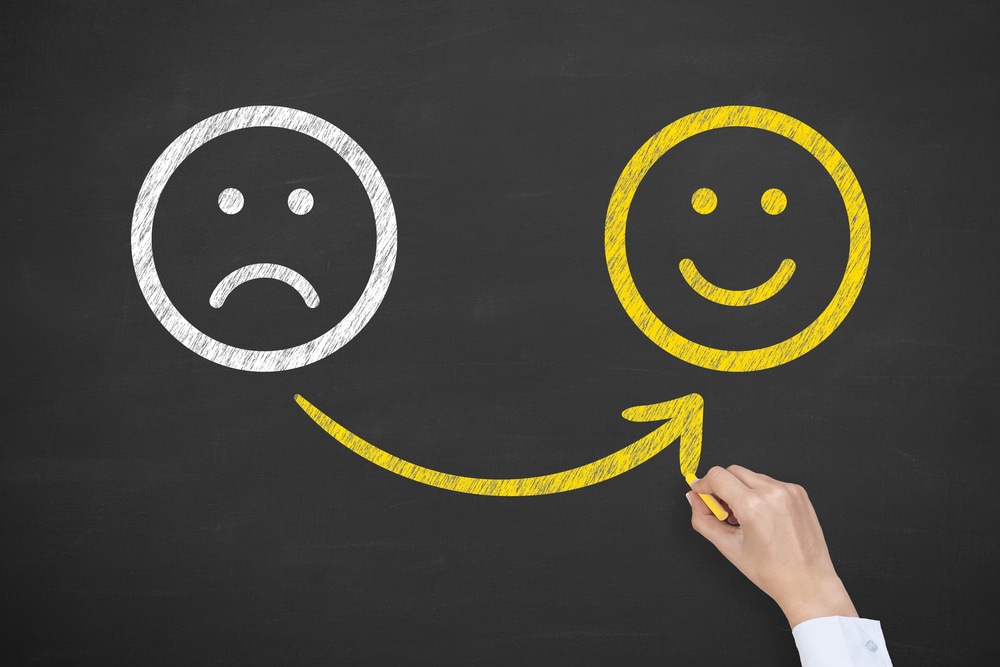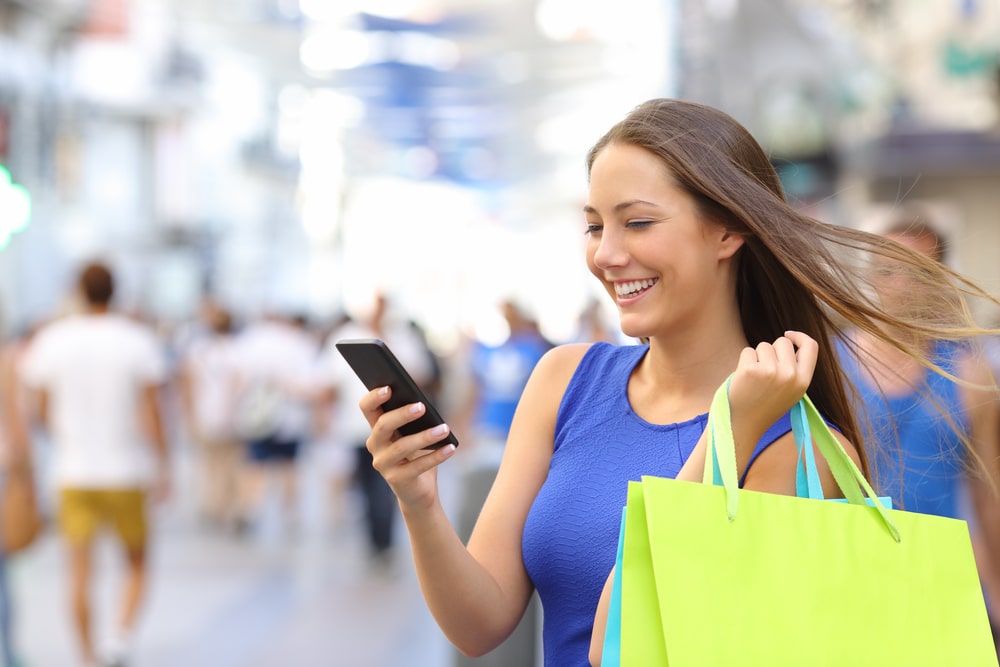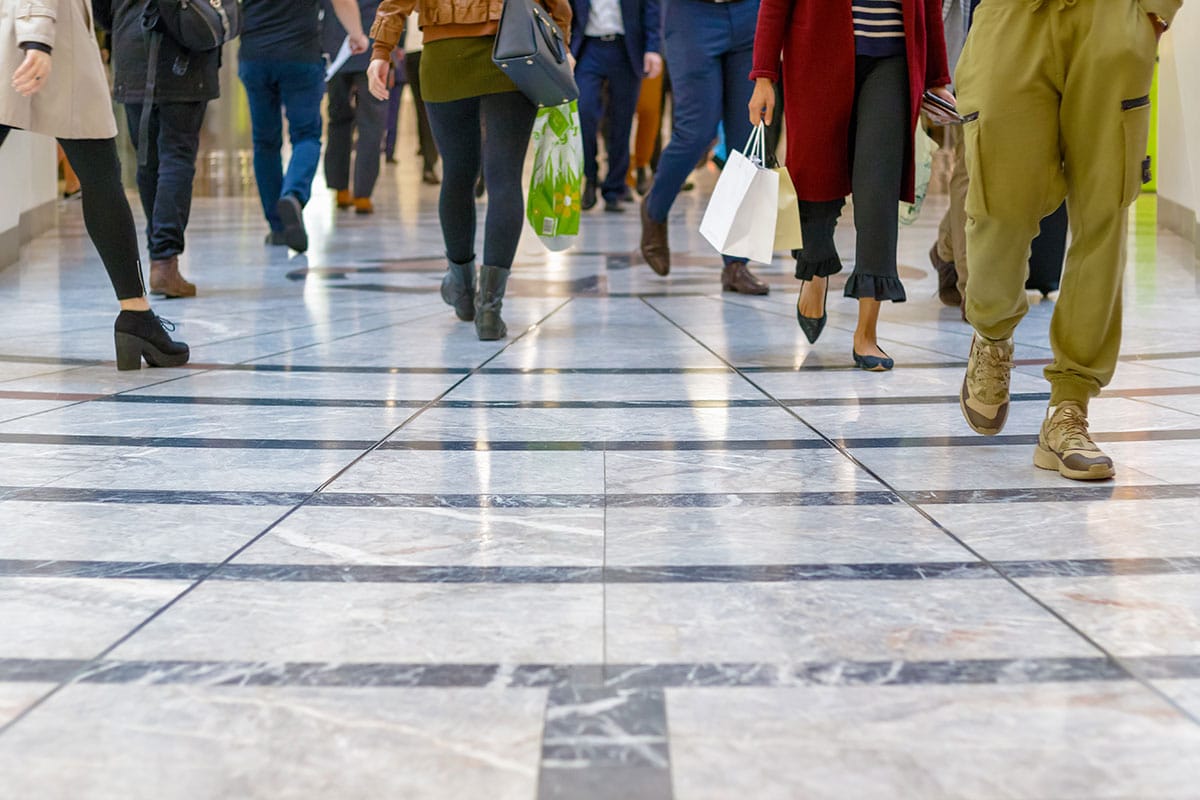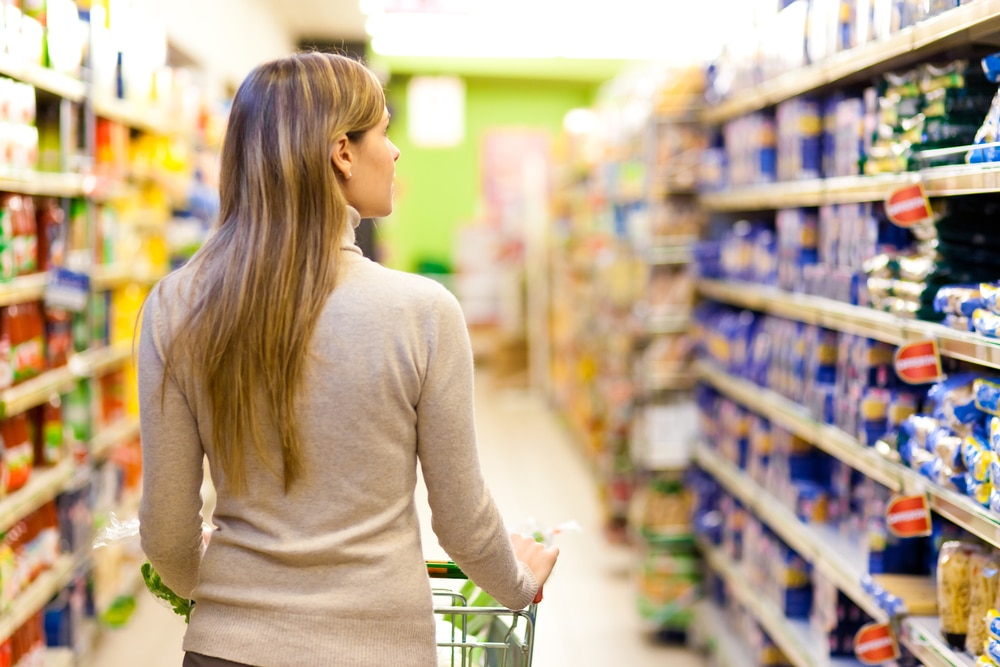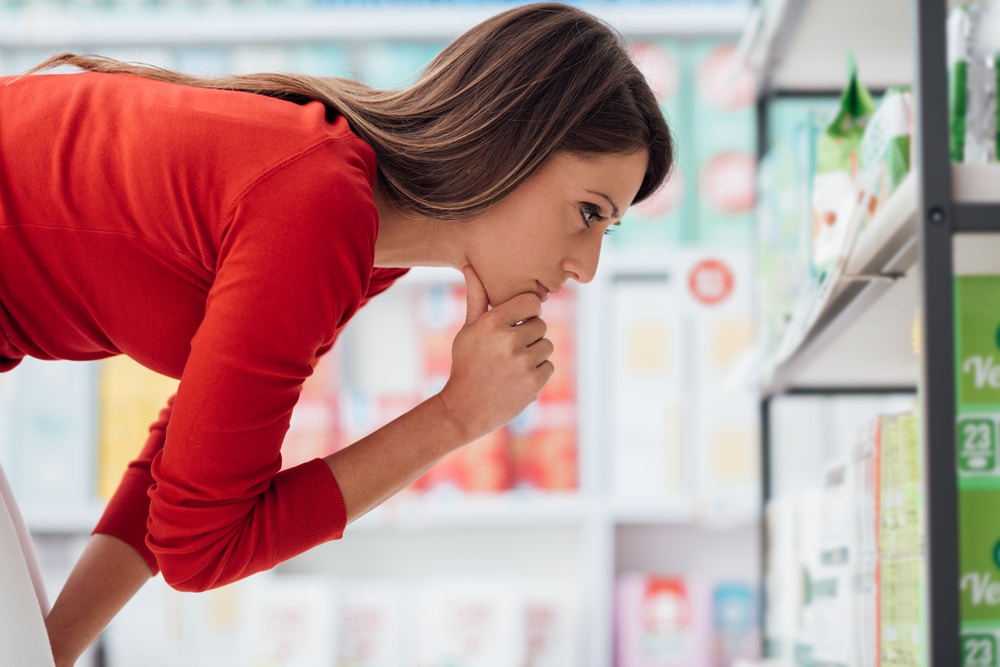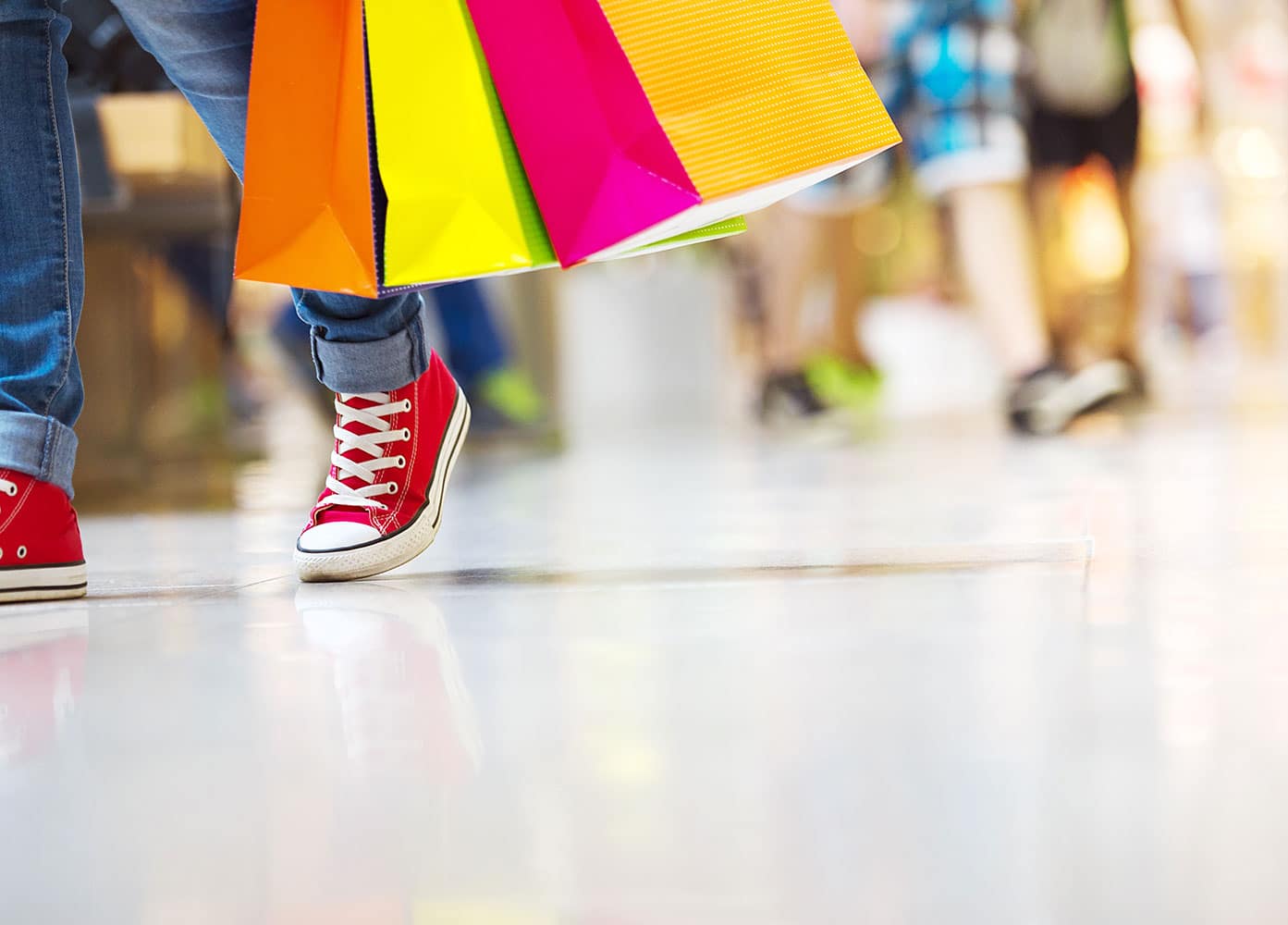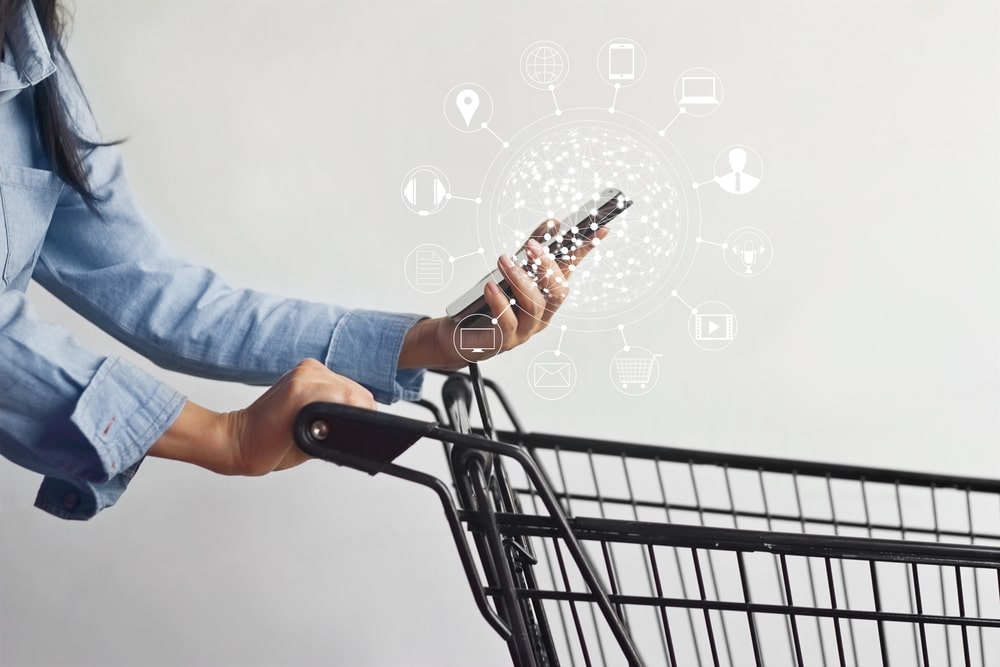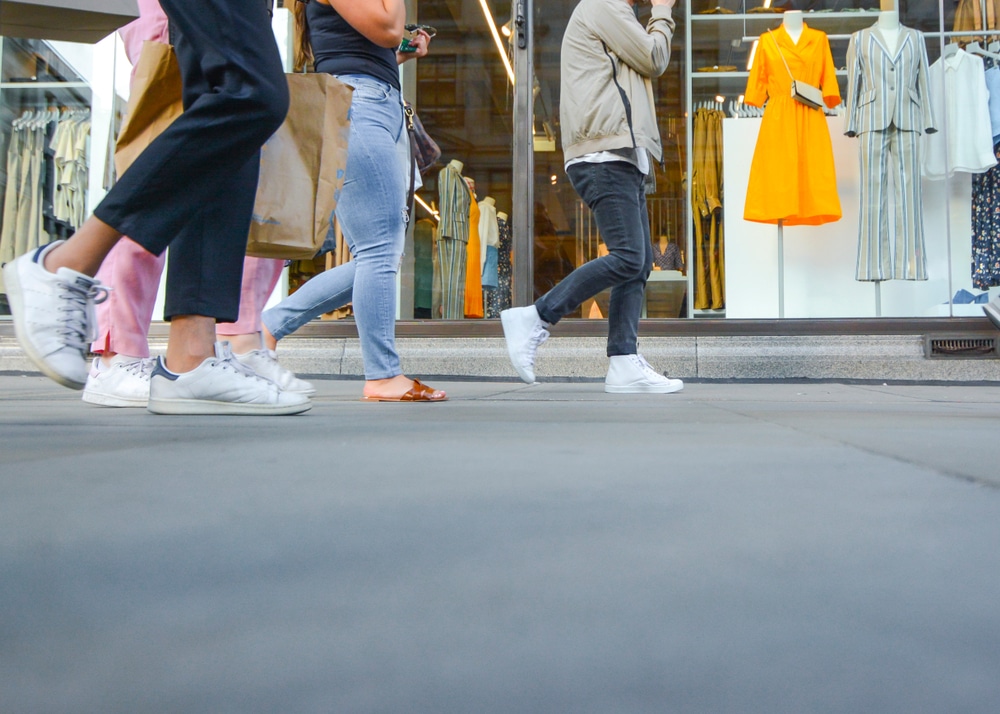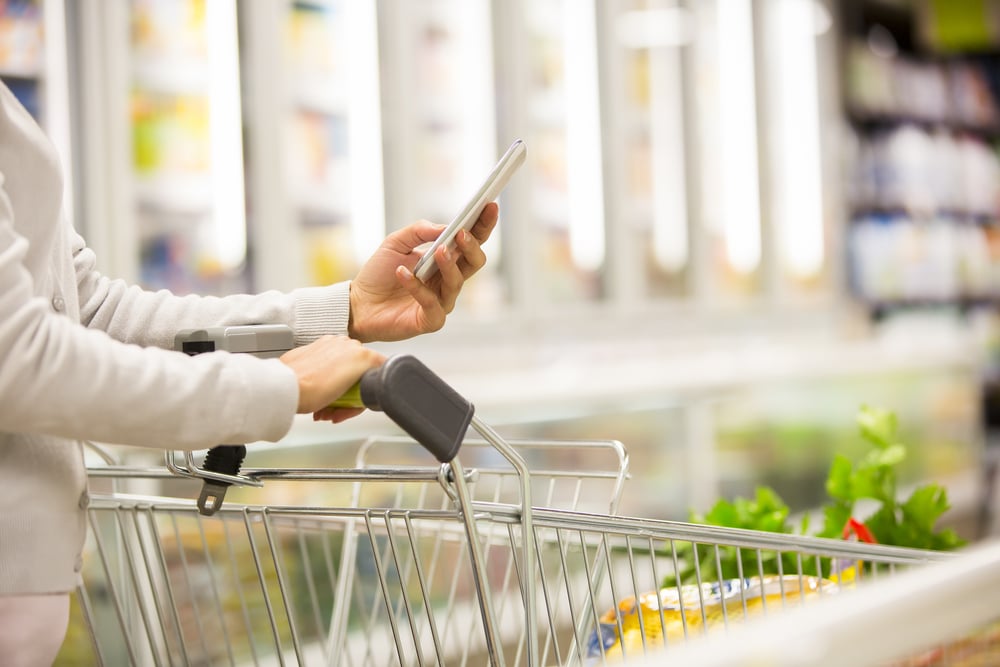Brands looking to gain competitive margin must consider how to enhance the customer experience in retail. Continue reading “How to enhance the customer experience in retail”
Category: b2b
3 innovative ideas for customer retention for CPG brands
The benefits of customer retention are indisputable. It’s five times cheaper to keep an existing customer than to acquire a new one. Continue reading “3 innovative ideas for customer retention for CPG brands”
Learn how to increase footfall in your retail store
5 innovative ideas to increase sales in retail stores
According to the National Retail Federation, the economy is in good financial shape, and so are consumers. Continue reading “5 innovative ideas to increase sales in retail stores”
Why Shopkick should be a part of your CPG marketing strategy
It can be a challenge to stand out in a crowded supermarket aisle. Continue reading “Why Shopkick should be a part of your CPG marketing strategy”
3 attributes of the best retail loyalty programs
Attracting customers is often fairly easy for most retailers, but encouraging them to remain loyal and purchase again and again is more of a challenge. Continue reading “3 attributes of the best retail loyalty programs”
CPG brands can increase purchase intention by leveraging mobile
CPG brands have many reasons for wanting shoppers to purchase certain items. Continue reading “CPG brands can increase purchase intention by leveraging mobile”
Analyzing the effectiveness of location based marketing
3 ways to provide a seamless omnichannel retail experience
The future of retail is in creating a seamless omnichannel retail experience. Continue reading “3 ways to provide a seamless omnichannel retail experience”
10 tactics retailers are using to increase foot traffic
With the convenience that online shopping has provided for consumers, many retailers are left wondering if they should be expending more effort to increase foot traffic in the coming years. Continue reading “10 tactics retailers are using to increase foot traffic”
Learn how to shorten the consumer path to purchase with mobile
The consumer path to purchase is an important consideration for any retailer looking to reduce marketing costs, improve conversions, lower churn rates, and increase the bottom line. Continue reading “Learn how to shorten the consumer path to purchase with mobile”
How to leverage experiential marketing to keep consumers engaged
Experiential marketing is more than an industry buzzword. It’s quickly becoming the way marketers build brand loyalty. Continue reading “How to leverage experiential marketing to keep consumers engaged”

